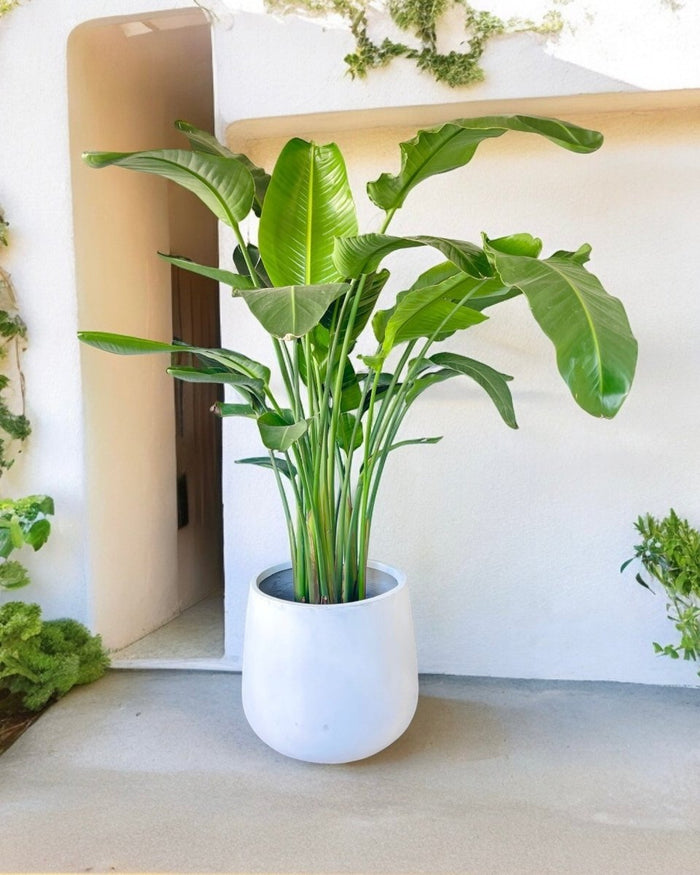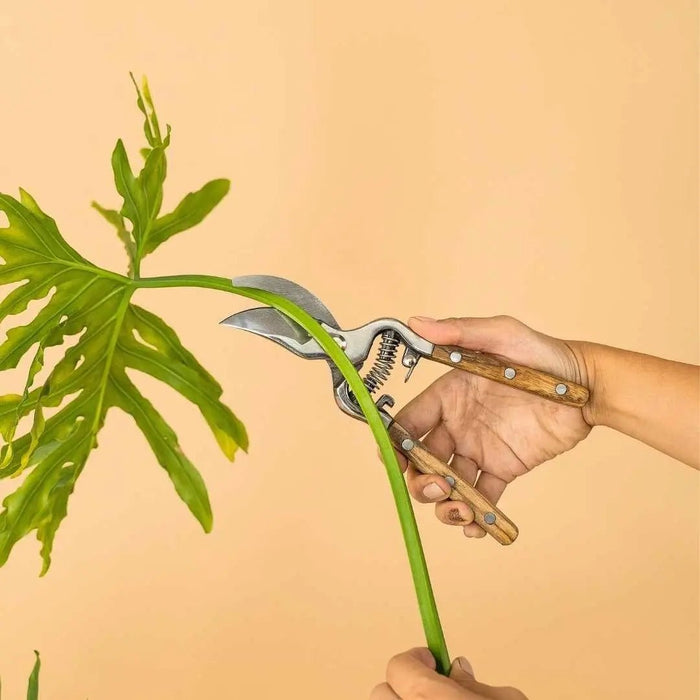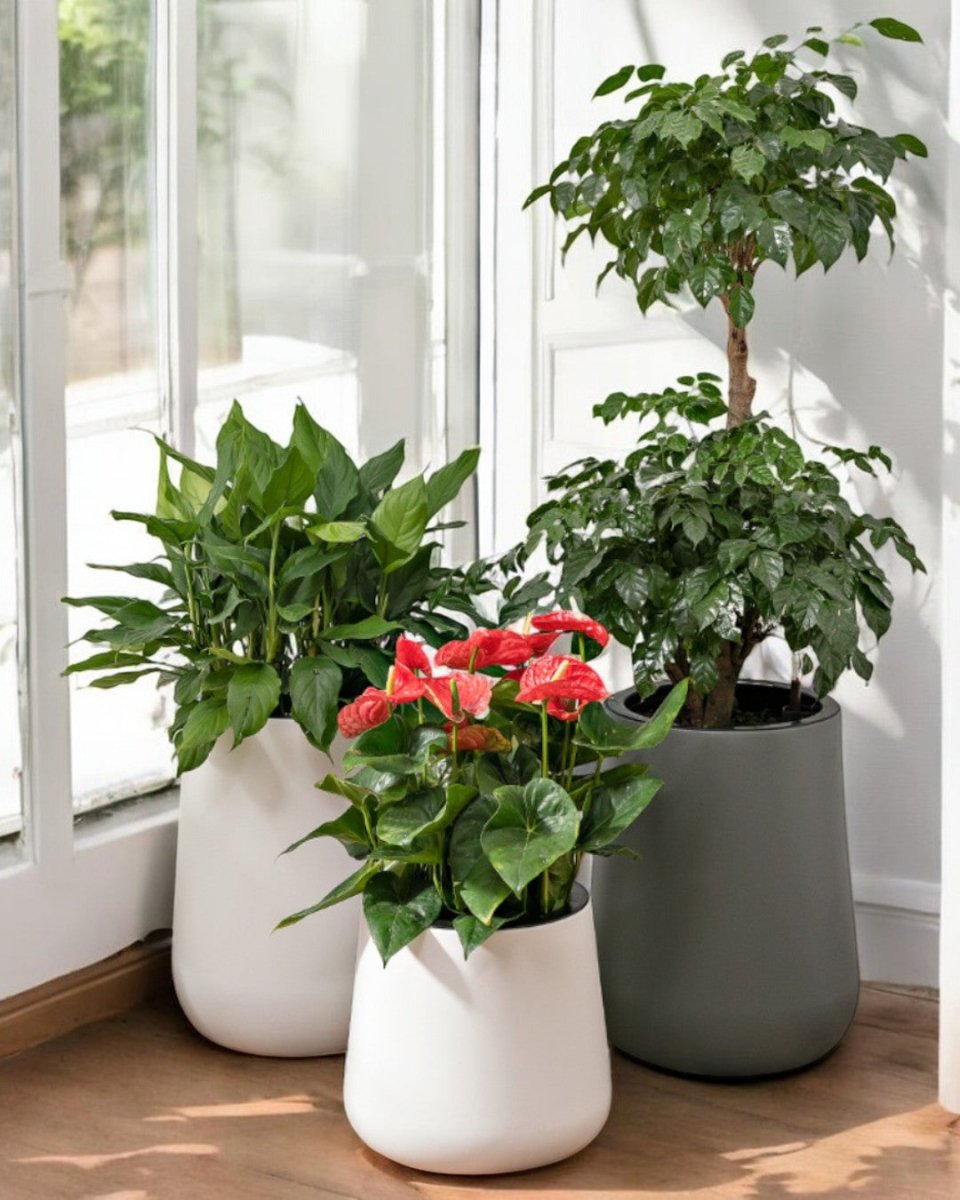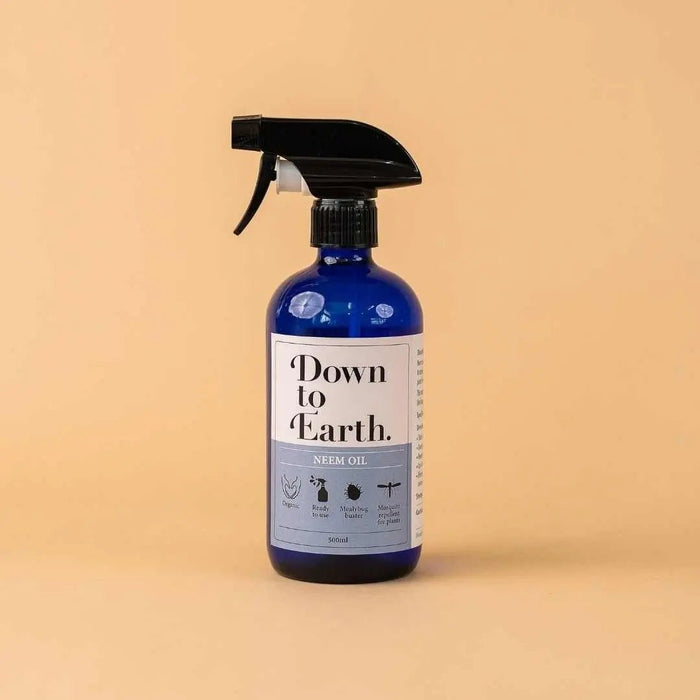Understanding Light - Finding the right spot for your plants
Posted on May 29 2021
When it comes to plants, there are multiple factors to consider to keep them growing happily. However, of these factors, two stand out the most and that is water and sunlight.
We covered the right ways to water your plant in our previous posts so this blog is focused on light and how to know what is suitable for your plants. You can check out our previous post on How To Water Your Indoor Houseplants The Right Way – Part 1 for help on watering.
When it comes to light, there are 2 important considerations to take note, (1) direction of light source and (2) distance from light source.
Direction of Light Source
Sometimes it is tricky knowing the best place to position your plant indoors such that it receives just the right amount of light, especially when you rely solely on natural sunlight.
The first thing to consider in an indoor space is how much light you are getting. Most of the time the source of light is your window so thinking about which direction it’s facing can give a gauge about how much light it will let in.
You can use a compass or a compass app on your phone to determine the direction your window is facing.

If your window is facing:
SOUTH – Receives the highest amount of light (brightness & duration), bright direct sun all afternoon.Good for: Cacti, succulents, and any houseplant that require a few hours of direct sunlight.
WEST – Receives medium light throughout the day, bright indirect light in the eveningGood for: Most houseplants will enjoy such light conditions
EAST – Receives medium light throughout the day, bright indirect light in the morning.Good for: Philodendrons, Pothos and Ferns. Any direct morning sun will not be intense enough to burn the leaves of your plant.
NORTH – Receives the lowest amount of light, does not receive direct light at all.Good for: Snake plant and ZZ plant, or any plant that requires low light conditions.
Using this information is mostly enough to determine how much light is let into your space. However, it is good to physically observe how much light actually enters. Physical structures surrounding your house may cause more or less light to actually be let in through your windows, so kicking back for a while to watch how the sun shines in through your window may help a lot.
Distance from Light Source
Another factor to consider is the distance at which your plants are positioned from your windows which also affects the intensity and brightness of light the plant receives. In the world of plants, you'll hear terms like “bright indirect light” or “moderate light” which can sometimes seem subjective and not easy to gauge. A good guide to what the different levels of light look like can be seen in the image below.

Bright direct light – Light that falls directly on your plant without any obstruction or filter. Usually on the windowsill of a South-facing window.
Bright indirect light – Indirect light means light that is filtered by bouncing off another surface and not the direct rays of the sun. To make sure that the indirect light is bright enough, you can use your hand to check. Put your hand between the plant and the source of light and if your hand casts a hard shadow it means that the light is bright enough. This typically refers to the general area where light enters through the window, but just not directly at the window where the sun hits.
Medium indirect light – Medium indirect light is typically away from the general area where light enters. Your hand will not be able to cast a hard shadow in this light condition, maybe just a faint blurry shadow.
Low light – Low light conditions means no direct sunlight will reach your plant at all. It is typically at least a few meters away from a light source or could be in a room with only artificial lighting.
Nurturing plants is a journey. If you are having a hard time finding the right spot with just the right amount of light for your plant, keep trying and listening to what your plants need. Adjust the environment to help your plant grow happily, but also remember to give your plant some time and space to adapt to the changes!



































































